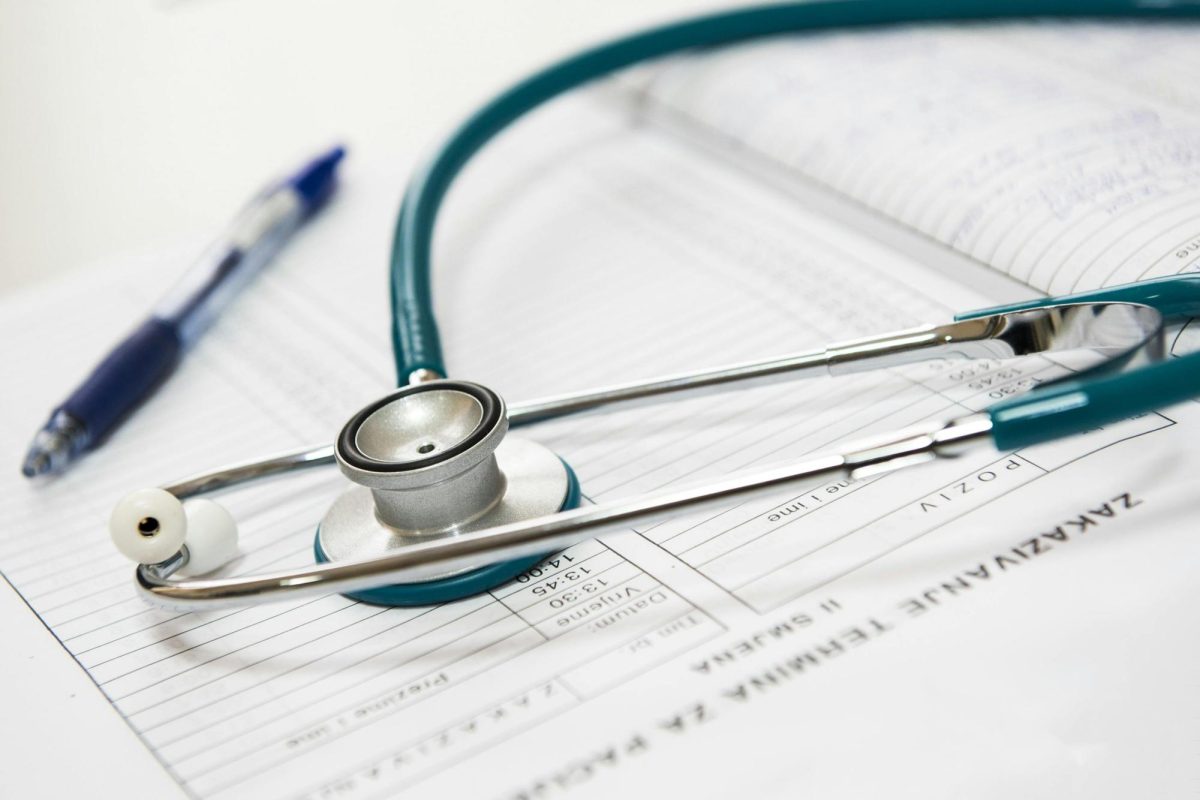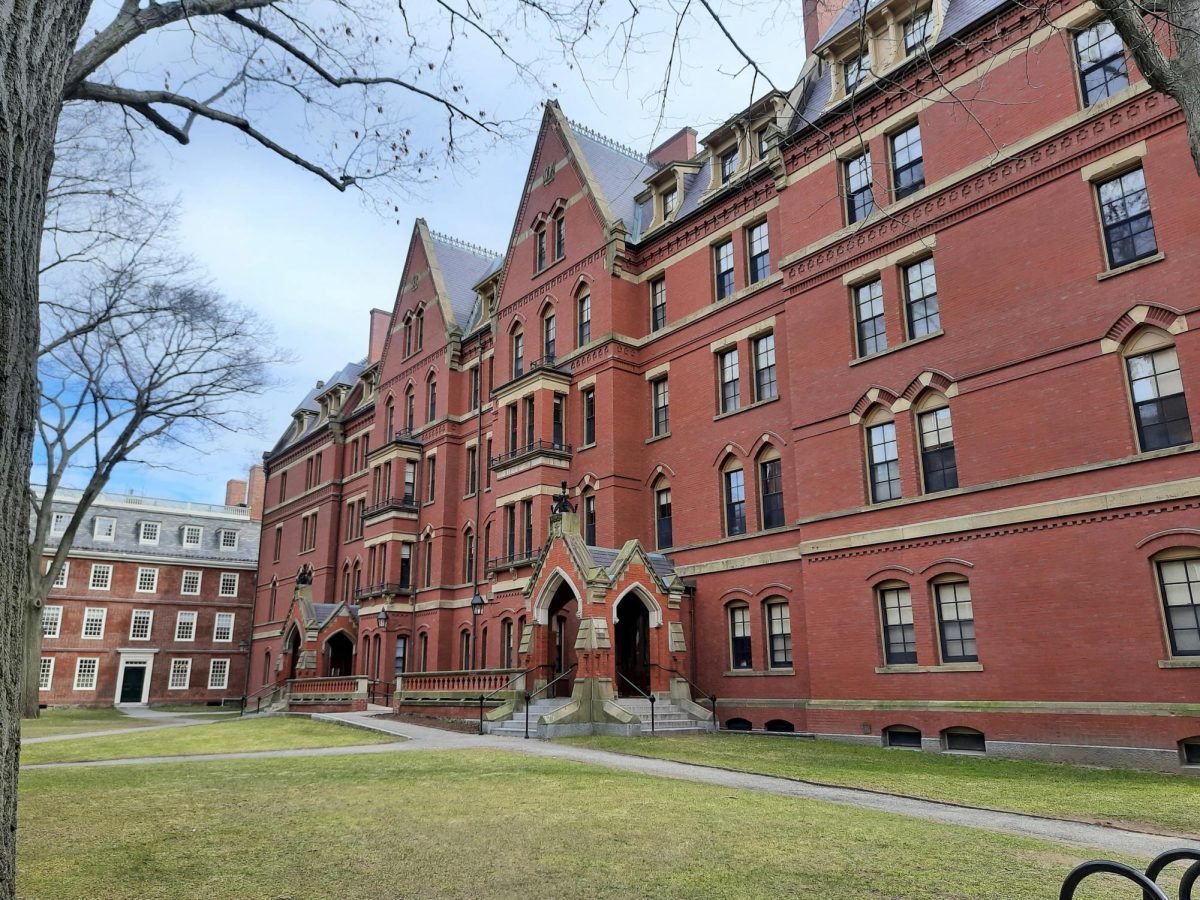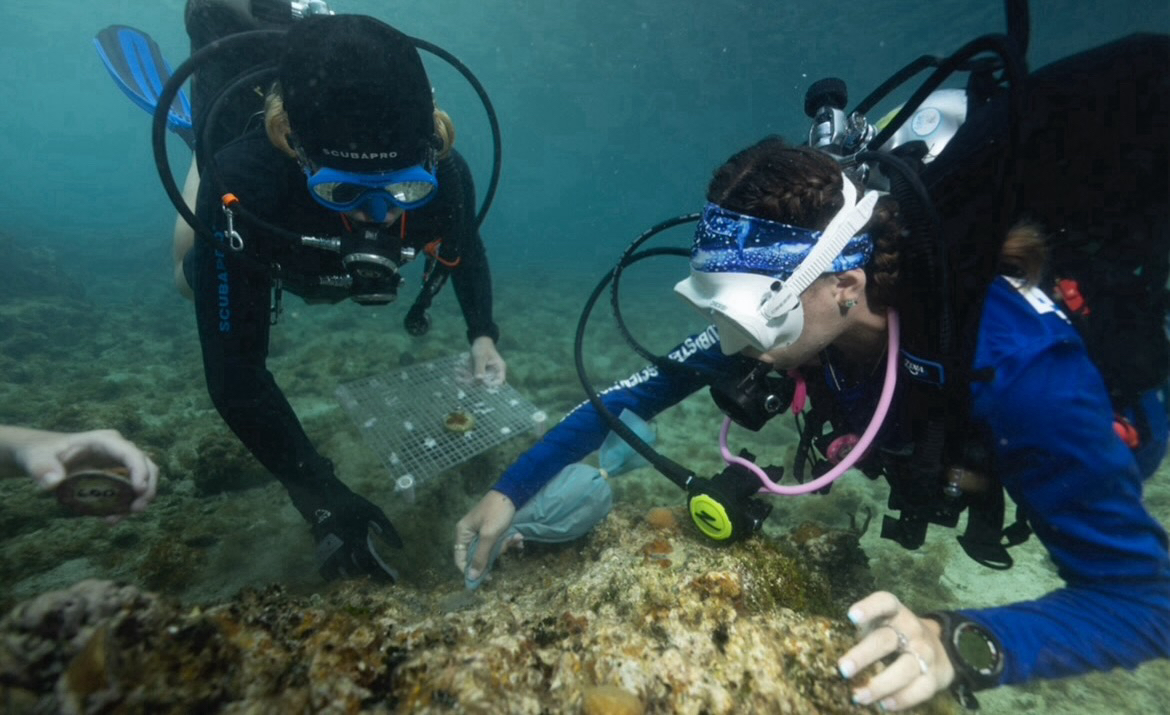The number of confirmed COVID-19 cases is rising by more than 100,000 per day. Earlier in the year, it looked like the virus was almost under control. Then fall hit. Can we get back on track? Can we reverse the course?
Dr. Hayden Bosworth is a professor at Duke University in North Carolina. He specializes in health policy and public health research and may have some of the answers we’re all looking for right now. Here are edited excerpts from my conversation with him.
So my first question is kind of like, why aren’t people wearing masks?
Why are people not wearing masks? Couple of reasons, I think. One is a lack of consistent communication on the risks and the benefits of wearing a mask. Having variations between state and federal, I think, creates more confusion. So if there was a consistent policy–I think that’s it, too, is that we as researchers are not the best communicators–so, as the data was coming in from March through May and June, our understanding of masks changed. We went from it not being clear that masks were necessary to knowing that masks help ensure that other people don’t get infected. Now, knowing masks not only help other people not get infected but actually prevent you as the individual wearing the mask from getting infected as well. I also think; unfortunately, it’s gotten politicized. And that also has made it a political stance for some people where it really should just simply be a public health perspective that’s driven by data which has clearly demonstrated multiple benefits of wearing masks. So at the end of the day, if the people in leadership are not wary of their status as role models for a lot of people, it doesn’t send a very clear message for everybody.
Can we change their behavior, though? It’s been politicized–so the people that aren’t wearing masks, is there a way to have them start wearing masks again? Or do you think that the misrepresentation is just too much and it’s too late?
I hope it’s not too late because I really don’t want to see another, probably estimated another 10-15,000 people dying–by probably mid-February and by the time we start really rolling out vaccinations–completely unnecessarily. I think there are examples of situations where we have good evidence of how we communicate clearly and honestly about the risk and the benefit. Seatbelts, you’re probably too young, but when seatbelts were implemented, there was a lot of the same discussion; ‘Why should I wear seatbelts? It’s my personal freedom.’ It also was: ‘if there’s an accident, I need to be able to get out quickly.’ And frankly, there were also penalties associated with that too, that eventually between the penalties and clear communication about what the benefits are, we changed the perspective. I don’t know about you, but I can’t recall any time recently I’ve ever been in a car where people weren’t wearing a seatbelt. So, the question I think is more: ‘How rapidly can we change this messaging to convince others to wear the mask sooner than later?’
So, do you think that seatbelts are a precedent for a situation where eventually, the safe thing prevails? Is there maybe another example of sort of a shift in behavior for public health?
Yeah, definitely. I mean, for whatever reason, we’re still arguing and discussing vaccines, so that’s probably not the best model there. I think there are other examples like cigarette smoking, in terms of secondary smoke. In the past, there was more push for limits on where people were able to smoke. And that was incremental legislation. I think there are presidents with legislation. I do think that it’s still going to be a long, arduous process. We really, just at this moment, need a consistent model, and then I think there has to be frank conversation. People that are trusted within the communities need to have these conversations, and it could be on the local levels through the churches and the synagogues and the mosques, but right now, I’m not sure who people trust and who they don’t. And I think if we demonstrated and clearly showed the data, it would help facilitate the conversation. But there will always be people that don’t mask. I do think one thing will change, though. I think, frankly, if we’re having, you know, close to 200,000 people infected a day it’s gotten to the point where most people at this point know somebody who’s been affected by COVID, so this is no longer something that’s kind of esoteric–that’s ‘out there.’ It’s directly impacting. It’s also impacting a lot of people in rural communities now. So, a good example is the governor of Iowa, who made fun of people for wearing masks now has actually put mask-wearing into Iowa as mandatory. So I think there are examples, but it just goes back to the fundamentals of public health: having clear communication with clear data, having transparent conversations, and alleviating concerns. You can’t argue with somebody. That’s not going to work. It’s just presenting it to them; peer pressure and external forces like fines eventually will help change behavior, but those are going to be long term.
So, other than masks, what else needs to happen? Is another shutdown inevitable? Is another shutdown definitely going to happen?
I think shutdowns are happening now. New York school systems are shutting down. If it was me, I’d make different decisions. I think elementary schools should be open, but I think that bars and restaurants should be properly closing, and again, all that is based upon data. The latest data I saw was that of the most recent infections out of eight out of ten are as a result of actually eating inside and/or going to a gym. So, it clearly indicates where the infections are coming from or where the majority is. It’s not coming from the school system. So if we’re proceeding as we are with that, people, specifically not wearing masks despite them working well, and we’re not social-distancing, and people are choosing to still engage in restaurants and go to the gym, this is going to continue until we hit a point where, unfortunately, more people die.
And you also think we need consistent messaging for that lockdown so that more people follow it, right?
Maybe it’s even the terminologies. Is it locked down, or is it, you know, trying to provide safety? It’s also understanding that people’s livelihoods are in the balance here too, so it’s not to shut it down, so people go unemployed, and no longer can eat and drink. And that’s why, you know, it’s a balance and so is there ways that we can financially support these individuals so they can make the informed decisions, and choose to either you know not have to go to work and work in a bar or a restaurant to pay the bills, you know, I don’t blame them if they have to do that, but, you know, I do think there’s two sides to the story. It’s communicating that and trying to come to a compromise, but also tracking the data. If there’s certain points that the infection rates hit, you’re clear on what you’re going to do ahead of time. We don’t know when the governor is going to make changes here in North Carolina. And so I think, trying to plot that out so that we can see what the milestones are. When New York hit a 3% infection rate, that was when the governor said we’re gonna close the schools. I’m not sure that was the right decision, but on the other hand, having clear milestones for people to see and know, so it’s transparent may help facilitate.
What about the long term effects of remote learning? That seems like a worry for you.
Yeah, I do. I think the quality isn’t there; I have a son who’s a senior in high school. I think that it sucks that he’s trying to apply to schools right now, and it has a direct impact on that. My wife is a preschool teacher who’s not teaching this year for the first year because there’s no way you can do virtual preschool. So, I think again in terms of the emphasis on where we’re putting our energies–I don’t know if it’s necessarily the right place. Data right now suggests that preschool and elementary schools have low infection rates. I would rather see those open than restaurants. That’s not to say that all restaurants should be closed. I do think virtual education is better than it was back in the spring. But I think that what it is doing is exacerbating disparities, that certain groups of people are getting left behind. In New York, they’re saying that 60,000 kids still don’t have access to computers, so they’re just getting packets. We know that that’s going to make things worse for them. So, blanket rules, without being a little flexible, are going to be problematic. But yes, I think virtual learning is not ideal, and I think we’ll see the ramifications in probably another year or two. Things like child abuse, I think, are going on, and we’re just not catching them. The kids aren’t coming into schools.
And then what about mental health? How do we solve for that? Is that even a valid concern?
Oh, it absolutely is. I think that’s part of what’s driving the uptake and probably what’s gonna cause the third wave. During Thanksgiving, people are not going to socially isolate. They’re going to go out for Thanksgiving for no other reason than mental health, particularly among nursing homes where they’re really isolated. But again, be mindful of that, and I think we have tools, but if we’re not using them, then the virus just gets neglected.
Why aren’t people also looking to reduce other risks than just COVID? Shouldn’t they also be trying to drive more safely and avoiding things like skateboarding and trying not to get hurt and go to the hospital? We’ve heard all this stuff about essential workers, and yet this hasn’t been a major point.
Well, I think this goes to the history of the US healthcare system and where we come from, and I mean historically, individual rights are more important than public rights, so it doesn’t surprise me that we’re having this problem. Right now, it’s; ‘It’s my right to wear a mask, yes or no.’ But, no consideration that if you choose not to wear a mask, it has implications for everybody else around you. And so, is it my right to use a skateboard or ride a motorcycle with a helmet? And there are many people who say it is my right; however, again, the shortsightedness of it is that if they have a brain injury, the healthcare system has to pick up that cost that comes to the emergency room. Somebody’s paying that million dollars for all the head injuries, or it just gets translated back into our increased health care costs for insurance. So you have your individual rights, and then also have this balance between individual rights and public health that has to be weighed in. So, I mean, I think the more relevant stuff going on now is that people are avoiding coming to the hospitals and clinics and not getting treated for chronic diseases. I think that they’re not getting procedures. And so they’re putting off things, and I think we’re going to see an increased risk of cardiovascular disease and an increased risk of people dying of cancer because they’re waiting to get treated. The healthcare system frankly also can’t manage everything either, so they’re prioritizing COVID. You may not get treated adequately for some of these chronic diseases at this moment. Without more resources, it’s a sinking Titanic. We’re just moving the chairs around.
At this point in the interview, Dr. Bosworth decided to ask me a question.
Do you wear a mask?
Yes.
Why do you wear a mask?
Because I don’t want to get COVID, and I don’t want to give COVID to my grandma.
I think that’s a good reason–it seems logical. I don’t know what your political perspectives are, but again politics shouldn’t be involved. This is just a public health issue, and it’s clear that if you wear a mask, you’re going to reduce the likelihood of your grandmother getting sick–and god forbid, something bad happens. I hope people look to the team–and that’s what I keep coming back to–just look at the data, don’t look at opinions or anything else but let data drive where things go and know that data is always changing–we’re always requiring more and more data–so it’s not unusual to have changes and decisions based upon increasing data so mostly, we’re only talking weeks or months before we see the end of all this.



